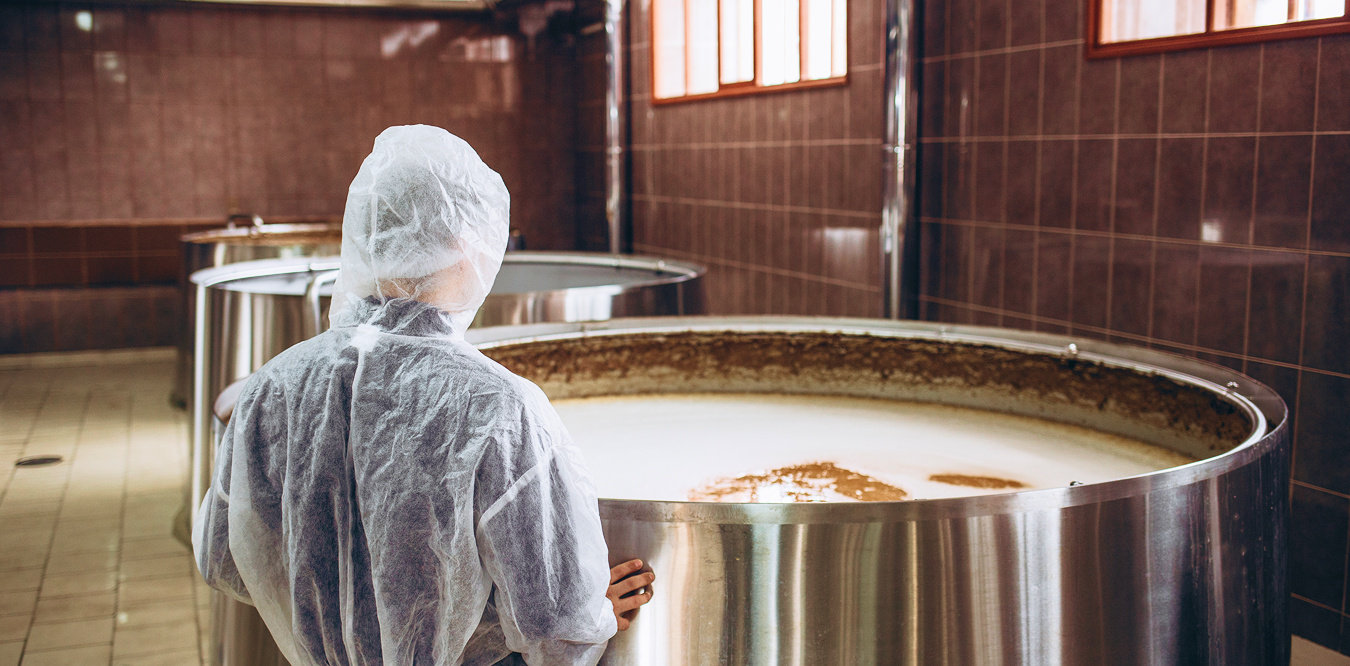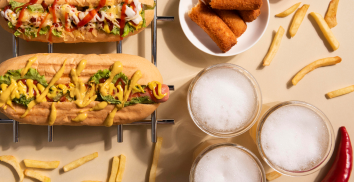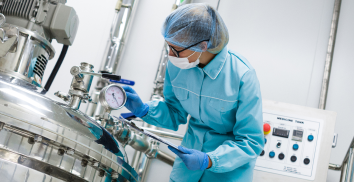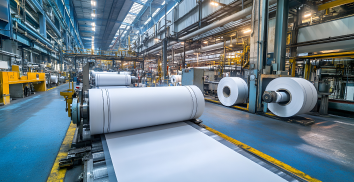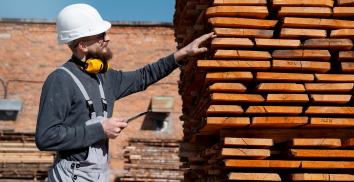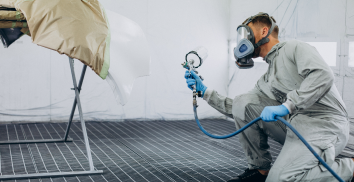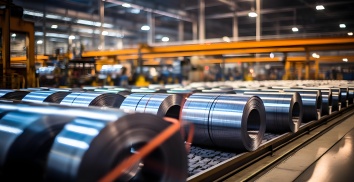Basic Elements of Equipment Cleaning and Sanitizing in Food Processing and Handling Operations
Simplify food equipment cleaning with Jetspray’s expert tips, strategies, and top-quality spray solutions.
.png)

By Charles Pandian
Food processing and handling equipment must adhere to strict cleanliness standards, primarily because poor sanitization can result in contamination, which can cause serious diseases such as Salmonella. In the food industry, cleaning and sanitization requirements are well-established. However, the actual protocols that need to be followed are still open to interpretation.
At Jetspray, we understand that developing a protocol takes a lot of thought. As experts with several years of experience in the food industry, we offer unique insights that can help you improve your cleaning and sanitization processes. In this blog, we provide a simple strategy that you can implement at facilities as well as some best practices that will help you meet all regulations.
Core Cleaning & Sanitizing Steps
In the food industry, the cleaning process for food handling equipment can be divided into five simple steps! Here they are:
1. Remove soil
The first step is the removal of food soil, i.e., the unwanted matter on the surfaces of food processing and handling equipment. Soil includes both types—visible (foodstuff left from previous batch) and invisible (dust, oils, or residues). Generally, dry soil is manually collected, and the equipment is then rinsed with warm water to remove attached soils.
2. Wash
Next, warm water and a detergent are used to clean the equipment. The type of detergent used depends on multiple factors such as the soil type, equipment requirements, chemical reactivity, etc. A food-grade detergent is a must. All surfaces of the equipment must be scrubbed with the detergent either manually or using systems.
3. Rinse and Inspect
High-quality water is used to rinse the detergent from the equipment. You must ensure no visible foam or detergent residue remains on the equipment. Then, the equipment’s cleanliness is inspected. This includes visible inspection and swabs to check for residues invisible to the eye. If there are residues, Steps 2 and 3 are repeated.
4. Sanitize
Once the equipment has been cleaned to the appropriate standard, it should be sanitized to kill any remaining microorganisms. A food-safe sanitizer can be used to sanitize all equipment. It should be applied evenly to all surfaces.
5. Dry and reassemble
See the manufacturer’s instructions to find out whether the sanitizer needs to be washed after a certain period. The equipment should be air-dried or dried with clean microfiber cloths. Once dried, it can be reassembled before further use.
This is the general format used by most manufacturing and packaging companies in the food industry. However, there is quite a lot of room for personalization. You can select the cleaning method based on your operational requirements.
6. Cleaning and Sanitization Methods
Here are some common cleaning methods used in the food industry:
- Manual cleaning: It involves cleaning by hand using brushes, scrapers, and other tools. It is ideal for small, hard-to-reach parts.
- Clean-in-place: It is an automated method where cleaning solutions are circulated through the equipment. It is ideal for pipelines and closed systems.
- Clean-out-of-place: Equipment parts are removed and cleaned. It is ideal for small, removable parts like valves and fittings.
- Spray cleaning: It utilizes high-pressure water or cleaning solutions to remove solids. Generally, specialized equipment like Jetspray’s spray balls is used.
- Steam cleaning: High-temperature steam is used to break down hard-to-remove residues like oil and grease.
Here are some common sanitization methods used in the food industry:
- Chemical sanitization: It involves the use of food-grade sanitizers like chlorine compounds. These sanitizers are sprayed or immersed.
- Hot water sanitization: It involves the exposure of equipment to water at a temperature of >70°C for several seconds or minutes.
- Steam sanitization: It involves the exposure of equipment to high-temperature steam. It is generally used in areas where hot water sanitization is not possible.
- UV sanitization: It involves the irradiation of the equipment with UV light. This method is used to clean food-handling equipment like packaging bots, rather than manufacturing equipment.
- Ozone sanitization: Like UV sanitization, it involves the use of ozone gas or ozonated water for equipment sanitization.
You can employ any of these strategies based on the cleaning requirements. For example, if you’re manufacturing an oil and fat-based product like mayonnaise, you can select CIP, COP, spray cleaning, and chemical sanitization.
Don’t worry, we’ll do more than just suggest strategies to help you clean and sanitize. With our industry experience, we can give you three important tips to help you up your sanitization game!
Best Practices
1. Invest in good-quality equipment.
All cleaning equipment must meet the industry standards and Good Manufacturing Practices.
Jetspray manufactures high-quality, compliant process cleaning equipment that is available in various sizes and connection options. Furthermore, the spray balls have powerful rinsing performance, which allows their use without moving parts.
The thoughtful design and carefully selected materials allow their use over a wide temperature range. Check out our range of drizzle rotating, static, and retractable spray balls to find the perfect one for your requirement!
2. Establish an SOP.
Create and validate a standard operating procedure for cleaning and sanitization. The SOP should outline what, how, when, and who is responsible for these processes. The SOP should also align with regulatory requirements and should include detailed steps for all cleaning processes.
3. Validate and verify the effectiveness.
After every cleaning and sanitization cycle, its effectiveness should be validated by dedicated personnel. You should not assume the equipment is clean simply because the exact protocol was followed and no steps were skipped.
Where to Get Support?
Finding the right partner to depend on for all your cleaning equipment needs is important. If you’re looking for a reliable partner, Jetspray is here to help. In addition to selling a wide range of process cleaning equipment, we also offer customization services.
To learn more about our services, visit our website, https://www.jetspray.in now
Share on
Tags: Process Cleaning Equipment


